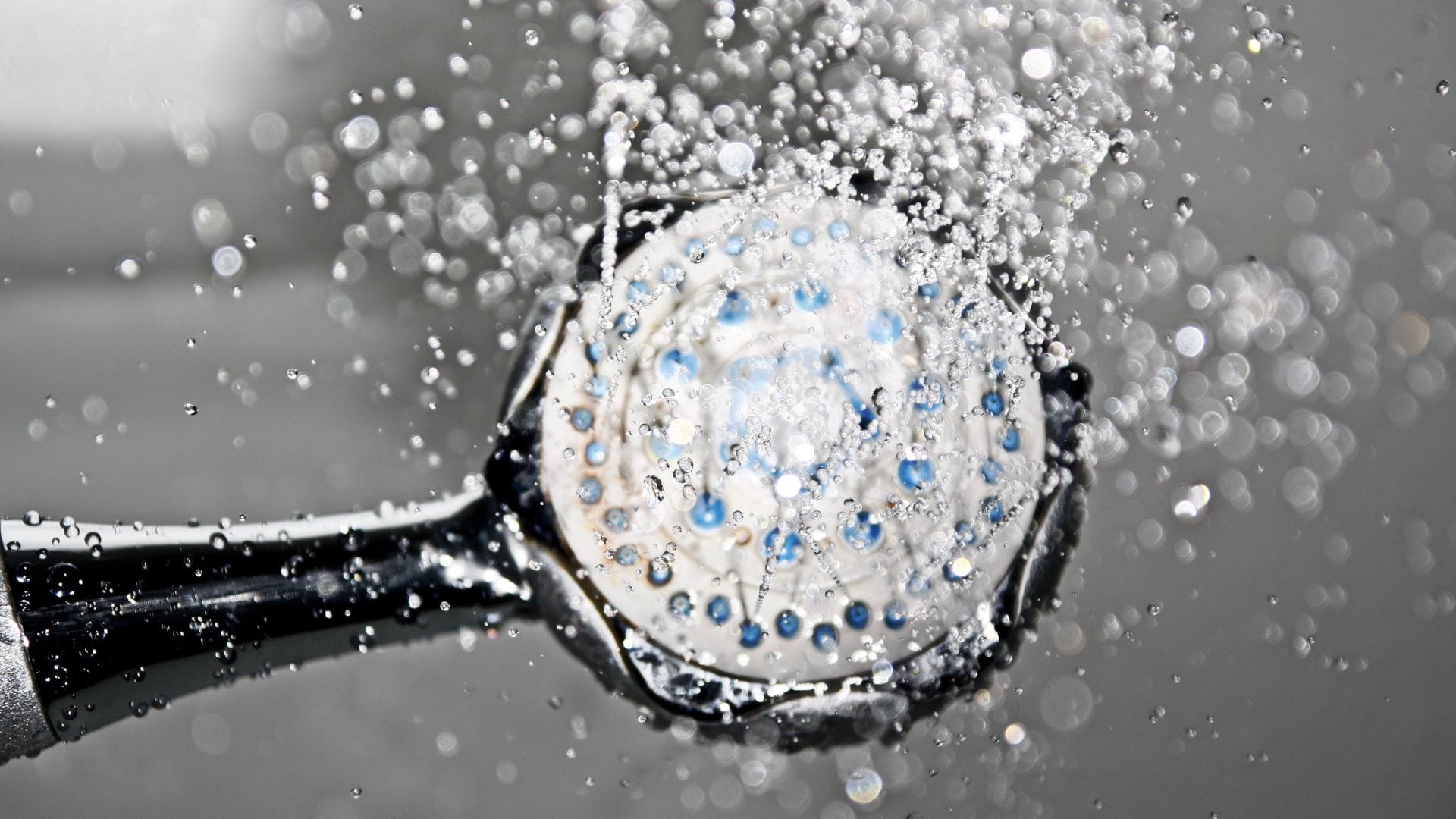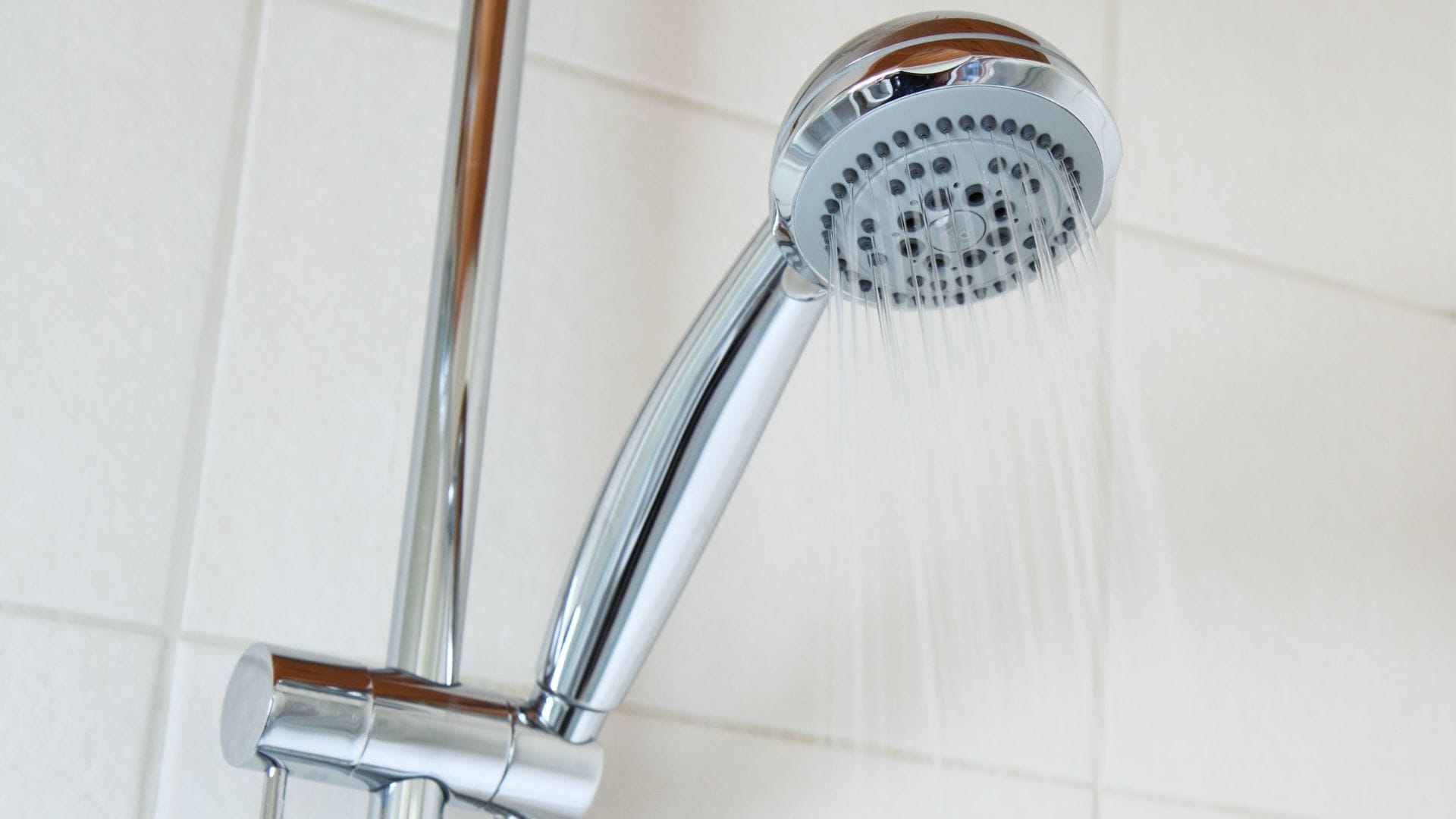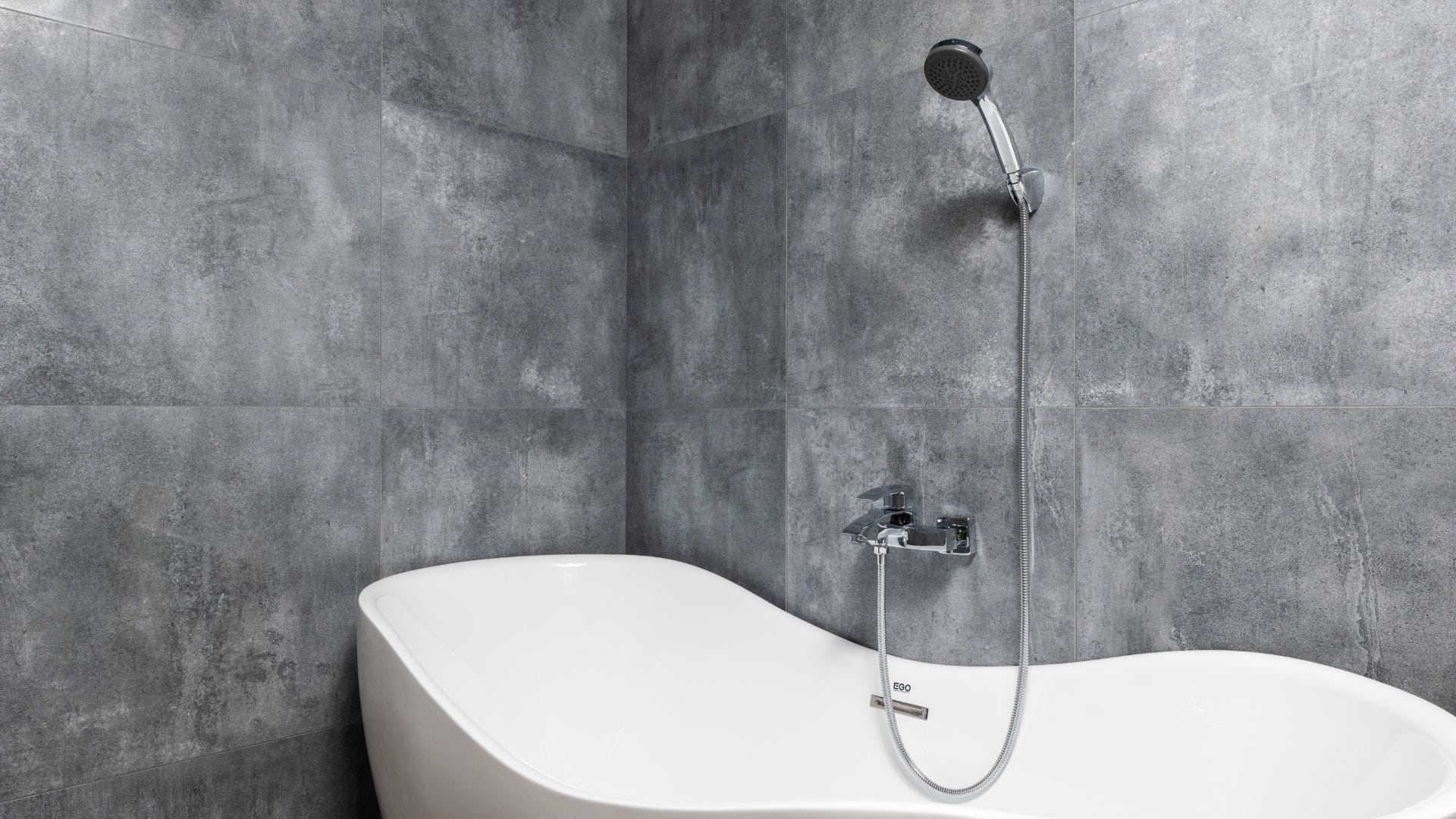
Dual-Handle vs Single-Hole Faucets: Which to Choose?
Choosing between a dual handle faucet and a single hole faucet may seem like a small decision but in bathroom

Is your shower showing signs of wear and tear? Many homeowners overlook their shower when planning a bathroom renovation. Yet, experts suggest updating bathrooms every 7-10 years, with a shower assessment recommended after a decade of use. Understanding the shower replacement frequency is key to maintaining a fresh and functional bathroom.
The lifespan of your shower depends on various factors. Quality materials like double-thick acrylic or solid brass fixtures can extend longevity, while frequent use may shorten it. A simple acrylic shower insert typically lasts 10 to 20 years with proper care, while premium brass fixtures can last 20-30 years or more with proper maintenance. However, shower inserts and transitional tub/showers carry a higher risk of leaks and water damage if not replaced in time.
Knowing how long your shower will last is key to planning for replacements. Showers usually last 10 to 15 years with basic parts, though premium brass components can significantly extend this timeline. The lifespan can change based on the materials and how well you take care of it.
Shower pans, a crucial part, can last up to 30 years with good maintenance. This shows the importance of keeping your bathroom in check.
Acrylic or fiberglass shower bases usually last 10 to 15 years. Tile bases can go over 20 years with proper care, and brass fixtures can maintain their functionality for 20-30 years or longer. Shower pans cost between $100 and $1,000, making them a budget-friendly choice.
They are also easy to install and maintain. They resist cracks and discoloration well.

The quality of the materials used affects how long a shower lasts. Cheap options might fade or crack over time, while solid brass fixtures offer exceptional durability and corrosion resistance. How often you use your shower also matters.
High-traffic showers wear out faster. Keeping your shower clean can prevent mold and extend its life. Leaks can cause water damage and increase your bills, signaling it’s time for a new one.
Family size and cleaning habits influence your shower’s lifespan. Less-used showers, like those in vacation homes, might last longer. Upgrading your shower can make it more efficient and enjoyable.
When thinking about replacing your shower, consider its age, any ongoing problems, and safety issues like slippery surfaces or faulty fixtures.
How often you should replace your shower depends on several things. Experts say you should update your bathroom every 7-10 years. For showers, check their condition after 10-15 years of use.
Keeping your shower clean is key to making it last longer. Clean it often to stop mold and mildew. Also, change your shower head every 6 to 8 months for best performance. For brass fixtures, gentle cleaning with appropriate products helps prevent tarnishing while maintaining their natural luster. These actions can help your shower last longer.
Keeping your shower clean is key to making it last longer. Clean it often to stop mold and mildew. Also, change your shower head every 6 to 8 months for best performance. These actions can help your shower last longer.
The material of your shower affects how long it lasts. Acrylic showers might need to be replaced sooner than tile or stone. Thin acrylic units wear out faster, while strong materials can last longer with care. Think about the material when planning to replace your shower.
Watch for signs like leaks, low water pressure, or mold. These signs mean it’s time for a new shower. By paying attention, you can keep your shower safe and working well.

It’s important to spot signs of shower wear and tear. This helps keep your bathroom safe and comfortable. Knowing when to replace your shower can prevent costly repairs and dangers. Let’s look at the main signs that mean it’s time for a new shower.
Watch for cracked tiles, peeling grout, or rust spots. These signs often mean bigger problems are coming. If you see water leaks around your tub or shower, it’s time for a new one.
Also, if mold or mildew keeps coming back, despite cleaning, it’s a sign of moisture issues.
Shower performance can drop for many reasons. If you get cold water spurts or uneven water pressure, your shower might be failing. These problems often come from old valves or clogged pipes.
In places with hard water, these issues are more common. They need quick attention.
Bathroom safety is crucial when checking your shower. Slippery surfaces, loose fixtures, or sharp edges are big risks. If you’re always fixing things or your shower valve is over 15 years old, it’s time for a new one.
Fixing these issues early makes your shower safer and more enjoyable.
There are many shower upgrade options, from simple inserts to complex designs. Basic prefabricated panels can be installed in 1 to 2 days. Custom tile work takes longer, from 3 to 5 days.
A standard shower replacement usually takes 1 to 2 weeks. This includes the initial consultation and demolition.
Shower installation costs vary. Fiberglass and acrylic showers last 10 to 20 years and can be installed in a day. Tile showers, lasting 40 to 50 years, take longer and need more maintenance. Stone tiles are durable but need annual resealing.
When planning a bathroom renovation, think about usage and desired features. Showers used daily by many people may need to be replaced every 7-10 years. Upgrading your shower can also increase your home’s value.
Consider style, material, accessibility, and water pressure when choosing a replacement. Installation times depend on the project’s scope, material choice, and any challenges. Permitting and inspections can also add to the time needed.
Remember, a well-maintained shower installed correctly can last many years. It’s a good investment in your home.

When planning a shower replacement, it’s key to know the costs. The cost range for a shower remodel is wide, from $200 to $15,000. The average cost is about $8,000. This shows the many choices homeowners have.
The type of material you choose affects the cost. Tile prices vary from $6 to $32 per square foot. Shower pans can start at $200 or go up to $3,500 for custom ones. Shower heads range from $20 to $500, depending on the design.
Labor costs make up 40-60% of the total cost. This can change based on the project’s complexity and where you live. For example, costs are higher in California than in Florida. Also, don’t forget to add permit costs, which can be $175 to $2,000.
It’s not just about the upfront cost. Think about the long-term benefits too. High-quality materials may cost more but last longer and increase your home’s value. Energy-efficient choices can save you money on bills. A good shower replacement can add 5% to 25% to your bathroom’s value.
Choosing between DIY shower installation and hiring a pro can be hard. DIY seems like a way to save money. But, it comes with risks.
DIY projects can take weeks, messing up your daily life. You might also face hidden costs for plumbing or structural problems.
Professionals have the skills and knowledge you need. They handle all the permits and ensure everything is up to code. Plus, they offer warranties to protect your investment.
They can finish the job in hours, not days. They have the right tools, so you don’t have to make multiple trips to the store.
DIY can lead to expensive mistakes. It might cause leaks, mold, or damage to your home. Fixing these problems can cost thousands.
Professionals do the job right, avoiding these issues. Their work is insured, giving you extra peace of mind.
Think about your skills, time, and the project’s complexity before deciding. DIY can be fulfilling, but complex jobs need a pro. Weigh the risks and rewards before starting your home improvement project.
Every homeowner needs a shower replacement guide. Regular checks keep your bathroom safe and working well. Most showers last 10-15 years, but this can change based on the materials used.
Fiberglass and acrylic showers usually last 10-15 years. But, porcelain and ceramic tiles can last up to 40-50 years with the right care.
When you’re planning to upgrade your bathroom, think about the quality of materials, how often you use it, and how easy it is to clean. Replacing a shower can cost between $4,000 and $12,000. Materials make up about one-third of this cost.
Adding custom features like glass doors can cost between $1,200 and $1,800. But, basic options start at around $300.
Home maintenance experts say to pick tiles over $2 per square foot for better quality and durability. Curbless showers are also becoming popular for their sleek look and safety benefits.
Remember, upgrading your shower on time can prevent water damage and make bathing more comfortable. By following these tips, you’ll improve your home’s value and comfort for years to come.

Choosing between a dual handle faucet and a single hole faucet may seem like a small decision but in bathroom
Receive your order to your door address anywhere in the world using our shipping partners
You're covered by our 30 days return policy
Big part of our reviews testifies about the quality of support provided
Secured payments using renowned payment gateways